Purpose
This exercise focuses on enhancing participants’ ability to ask meaningful, strategic questions. By mapping out questions related to a complex problem, delegates will develop critical thinking skills and learn how effective questioning can lead to deeper insights and better solutions.
Objective
Delegates are tasked with mapping out as many relevant questions as possible around a given workplace problem, using a mind-mapping technique. They will delve deeper with each branch of questioning, avoiding assumptions and refining their questioning process to unlock valuable insights.
What You Need
- Flipchart paper for each team to draw mind maps. As teams are creating mind maps, it is always more effective to use software for mind maps when available. This allows quick re-arrangement and moving items between branches. If teams can have access to computers or laptop during the exercise and can access a familiar mind mapping software, consider getting them to use it as part of this exercise.
- Colour markers for mind-mapping
- A complex workplace problem or issue relevant to the group (printed or projected)
Setup
- Introduce the concept of Question Mapping. Explain that instead of jumping to solutions, strategic questioning helps uncover the root of problems and reveals insights that may not be immediately obvious. Highlight that the quality of the questions asked is critical for finding quality solutions.
- Present a complex workplace problem or issue that the group can relate to. Examples might include:
- “How can we improve employee retention in a competitive job market?”
- “What steps should we take to scale our business while maintaining product quality?”
- “How can we enhance communication between remote and in-office teams?”
- Divide delegates into small teams of 2 or 3.
- Distribute flipchart paper and markers to each team. Ask each group to draw a central circle on their paper with the problem written in the centre. Explain that they will be using a mind-mapping technique, where each question branches out from the central problem.
- Instruct the teams to spend the first 10 minutes brainstorming and writing down as many questions as possible related to the problem. Encourage them to:
- Start with broad questions and narrow them down into more specific branches.
- Avoid assumptions and instead ask questions that explore “why”, “how”, and “what if” scenarios.
- Identify different perspectives: see it from the viewpoint of leadership, employees, stakeholders, customers and suppliers.
- After 10 minutes, prompt the teams to dig deeper by asking follow-up questions that expand upon the initial ones. For example, if one of their questions is, “How can we increase employee engagement?”, a follow-up question might be, “What factors currently hinder engagement?” or “What does engagement look like in practice?”
- They should also consider re-arranging the mind map so they can categorise the questions, move around the map and fully exploit the power of mind mapping.
- Move between teams and guide them in refining their questions, ensuring they remain relevant and probing. Help them avoid superficial questions and focus on those that uncover deeper insights.
- After the allocated time, get each group to present their mind maps to the class. Ask them to explain their approach. Get each team to highlight what they found most interesting.
- Facilitate a group debrief and discuss which questions were the most insightful and why.
Timing
Explaining the Exercise: 2 minutes
Activity: 10 min for initial question generation + 10 min for follow-up questions and refinement = 20 minutes
Group Feedback: 10 minutes
Discussion
Facilitate a reflective discussion with the entire group using the following prompts:
- How did focusing on questions, rather than solutions, change your approach to the problem?
- Were there any assumptions you discovered while refining your questions? How did you adjust your thinking?
- Which types of questions did your team find most valuable in uncovering deeper insights? Why?
- How did asking follow-up questions help you develop a more comprehensive understanding of the problem?
- Can you identify any patterns in the types of questions that led to the most clarity or actionable insights?
- How could you apply this questioning approach to your daily work or problem-solving tasks?
- Did this exercise reveal any gaps in your usual problem-solving approach? How might you fill those gaps moving forward?
Soft Skills Training Materials
Get downloadable training materials
Online Train the Trainer Course:
Core Skills
Learn How to Become the Best Trainer in Your Field
All Tags
Training Resources for You
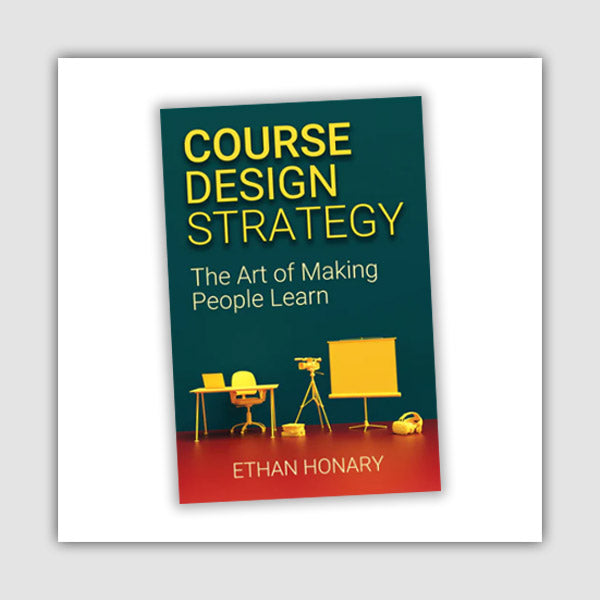
Course Design Strategy
Available as paperback and ebook

Free Training Resources
Download a free comprehensive training package including training guidelines, soft skills training activities, assessment forms and useful training resources that you can use to enhance your courses.

Our Comprehensive Guide to Body Language

Train the Trainer Resources
Get Insights - Read Guides and Books - Attend Courses
Training Materials
Get downloadable training materials on: Management Training, Personal Development, Interpersonal Development, Human Resources, and Sales & Marketing

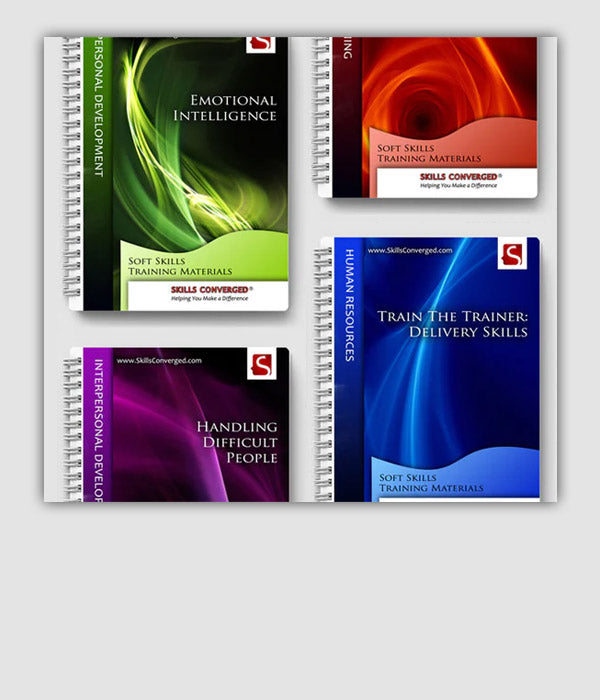
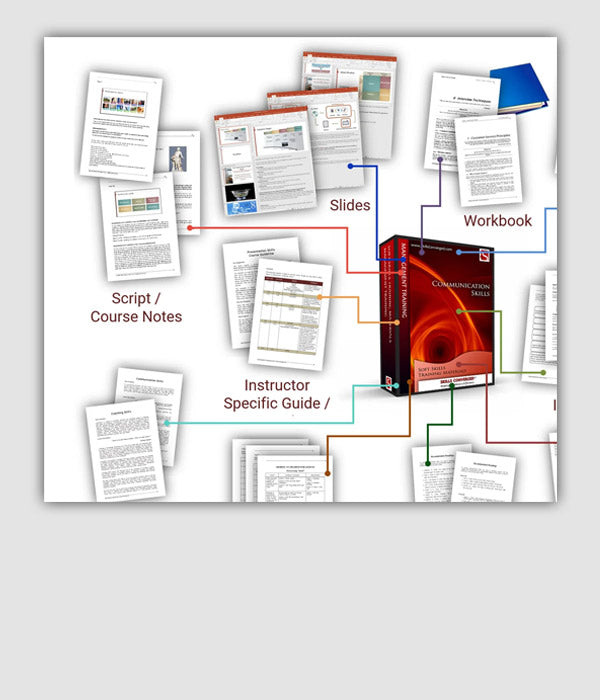
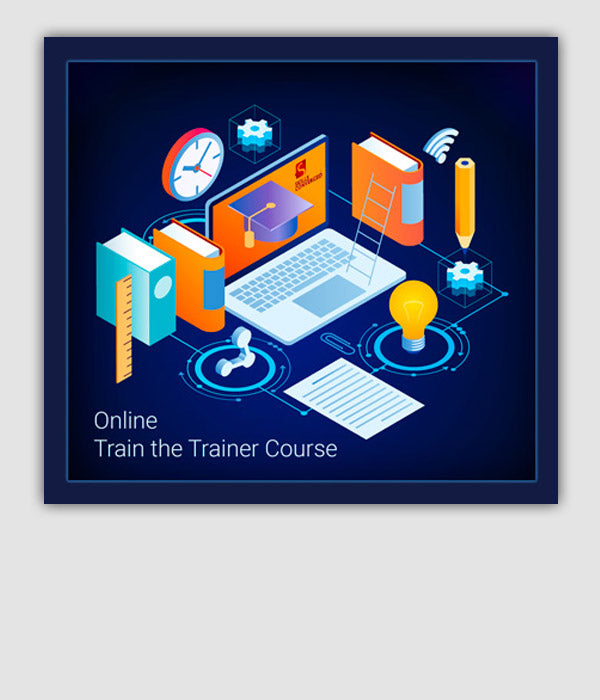
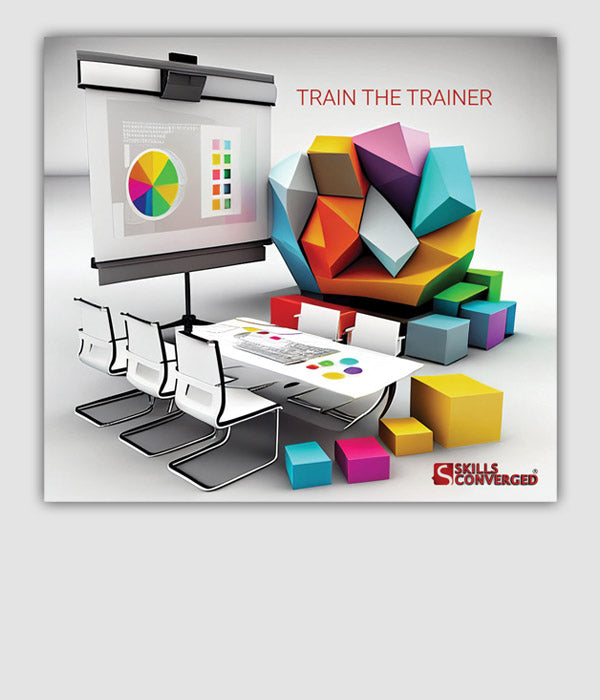
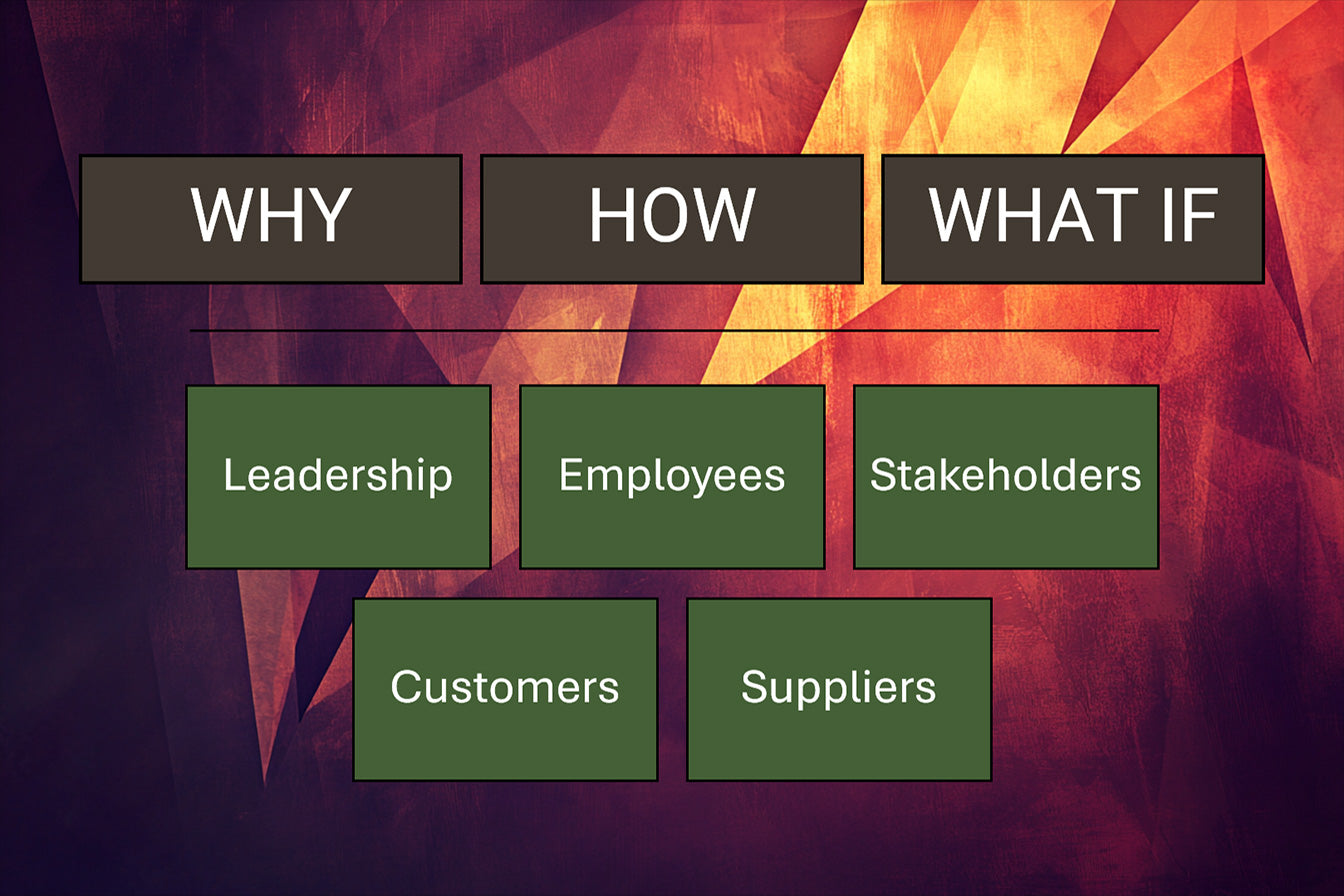


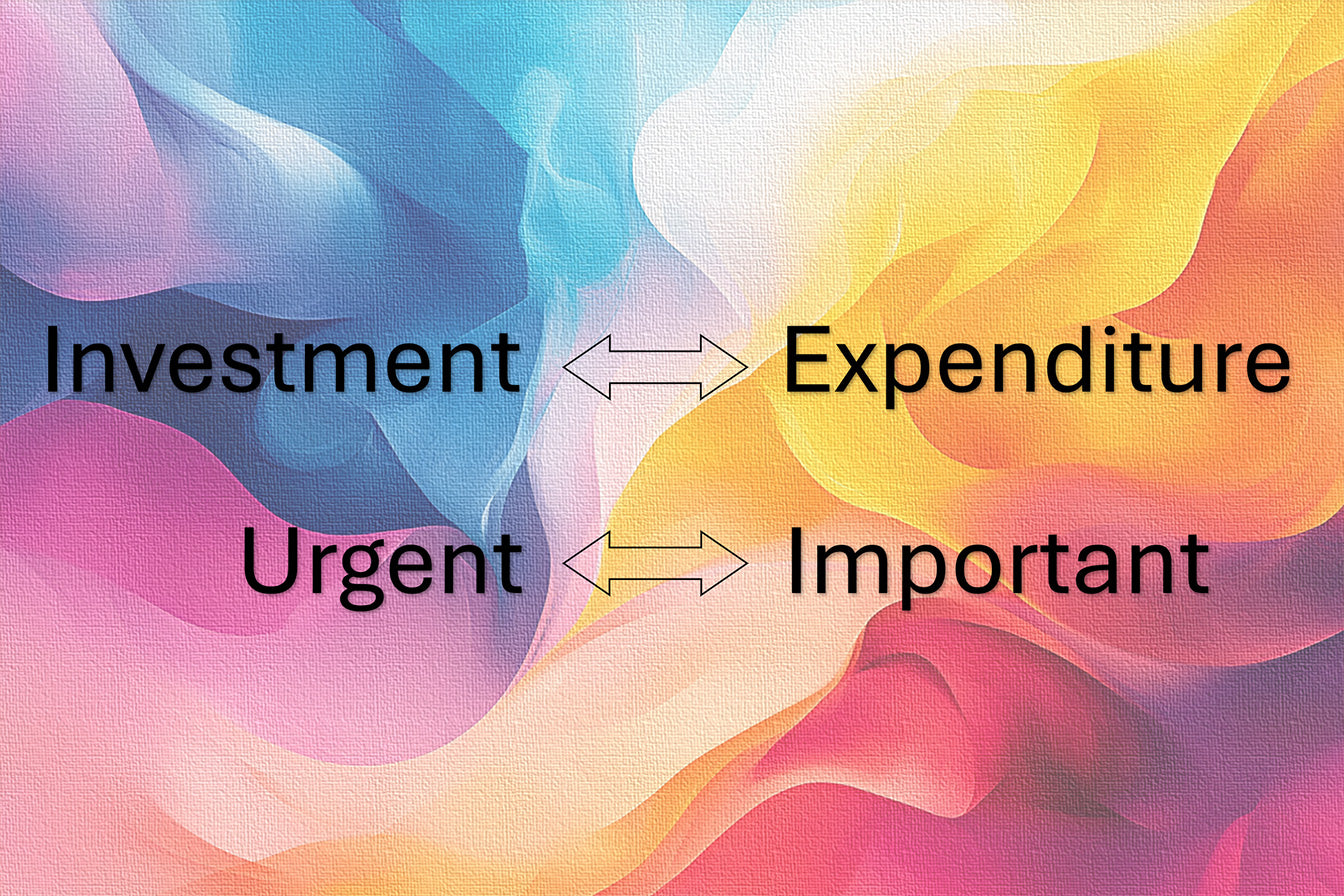


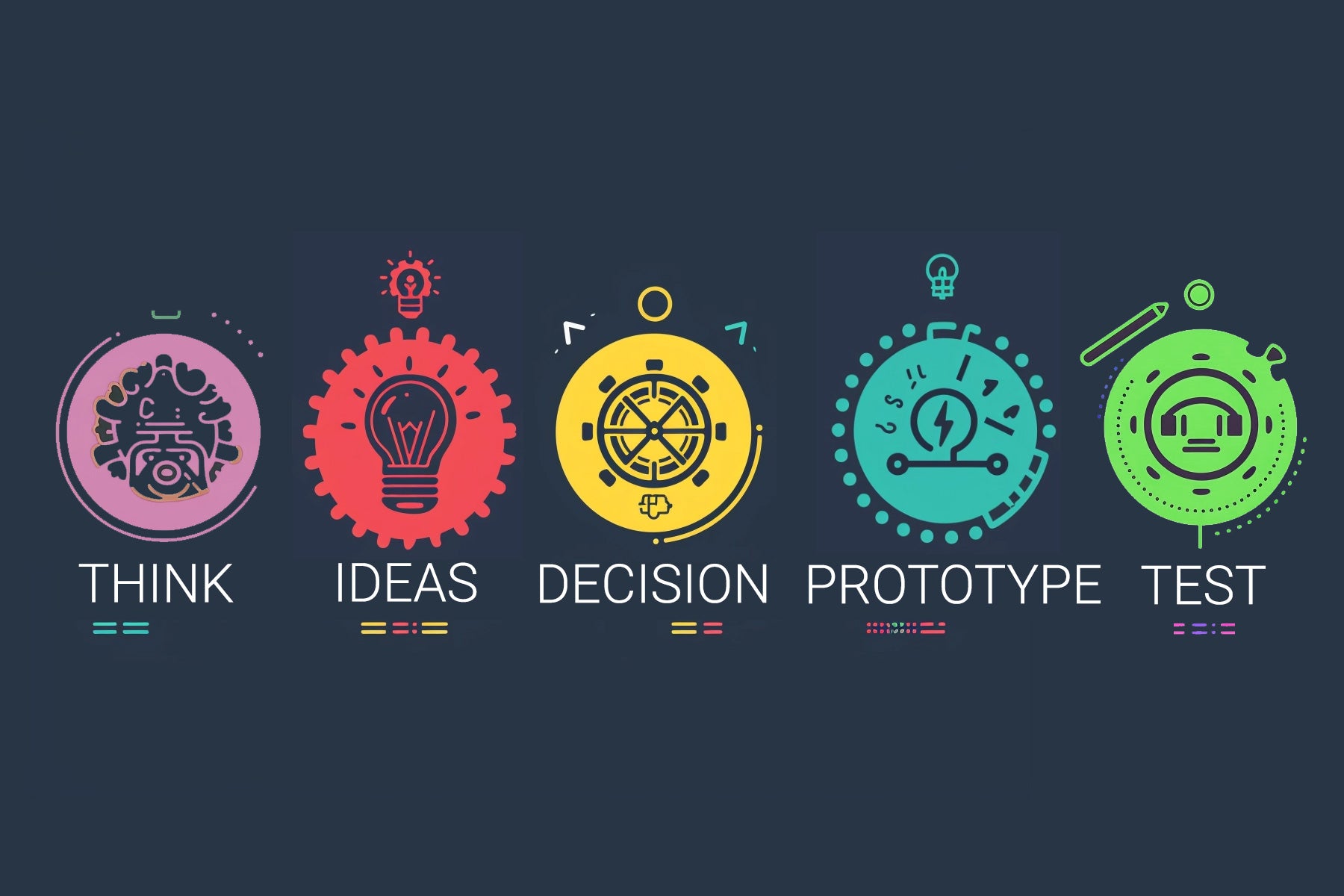


Leave a comment
All comments are moderated before being published.
This site is protected by hCaptcha and the hCaptcha Privacy Policy and Terms of Service apply.